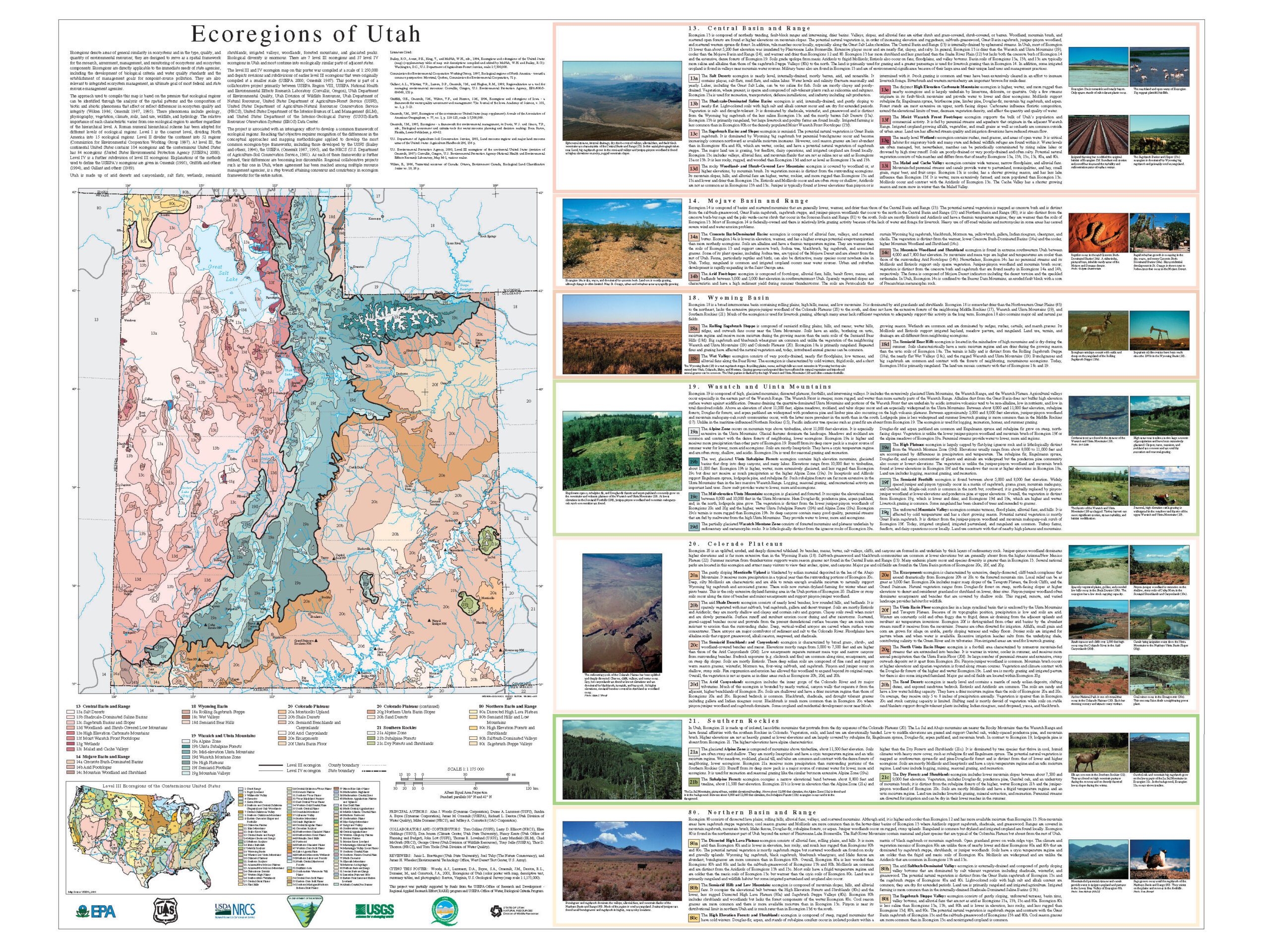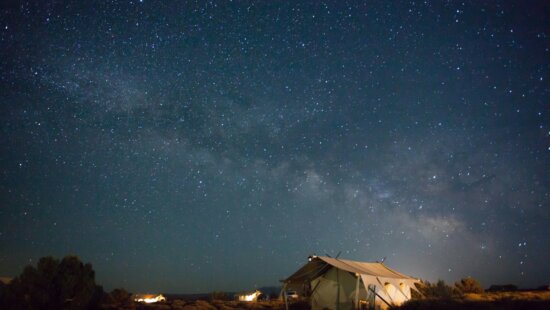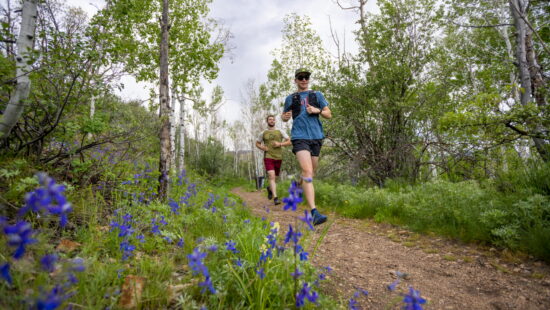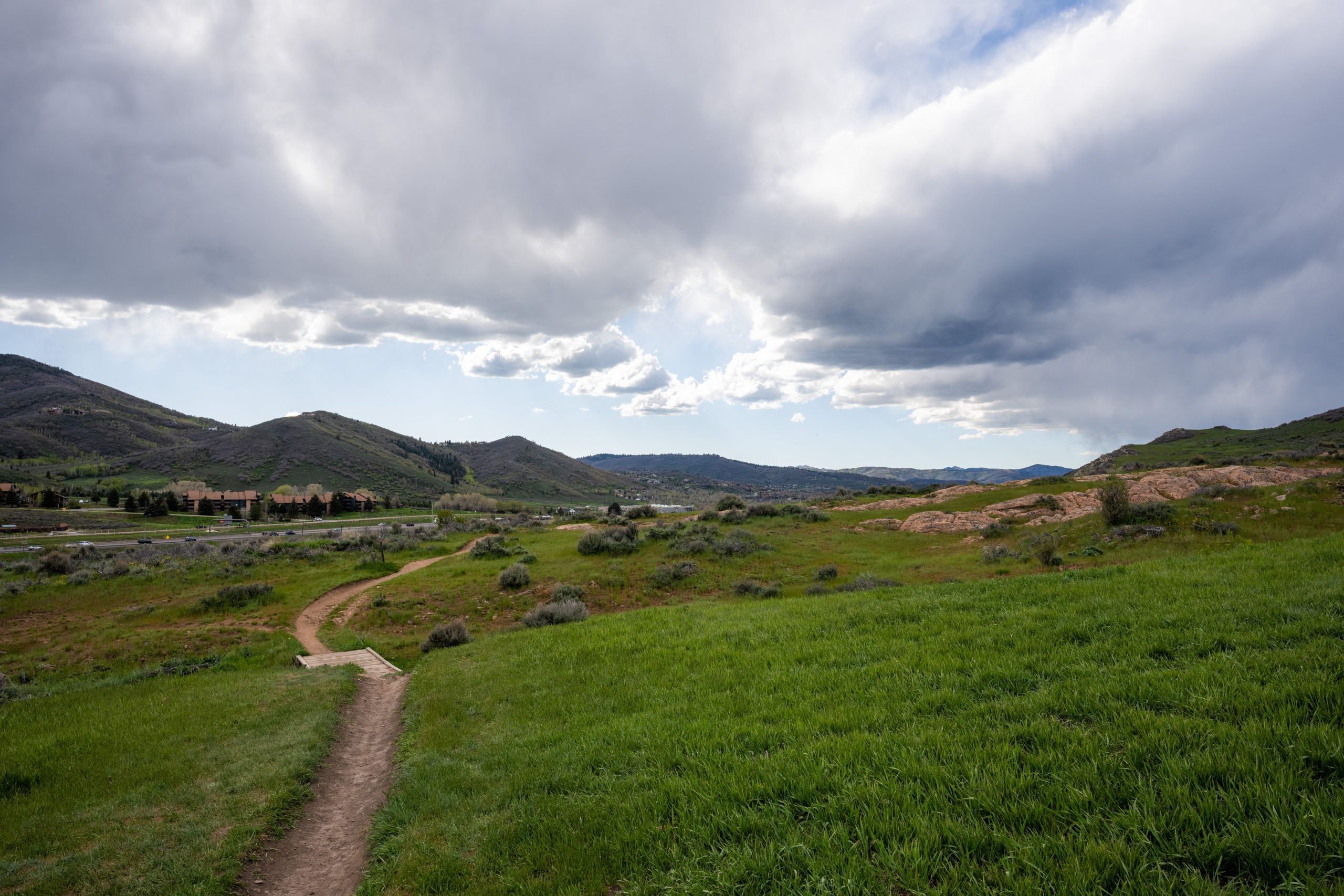Wildlife
Celebrating Earth Day with a look at what makes Utah special for nature lovers
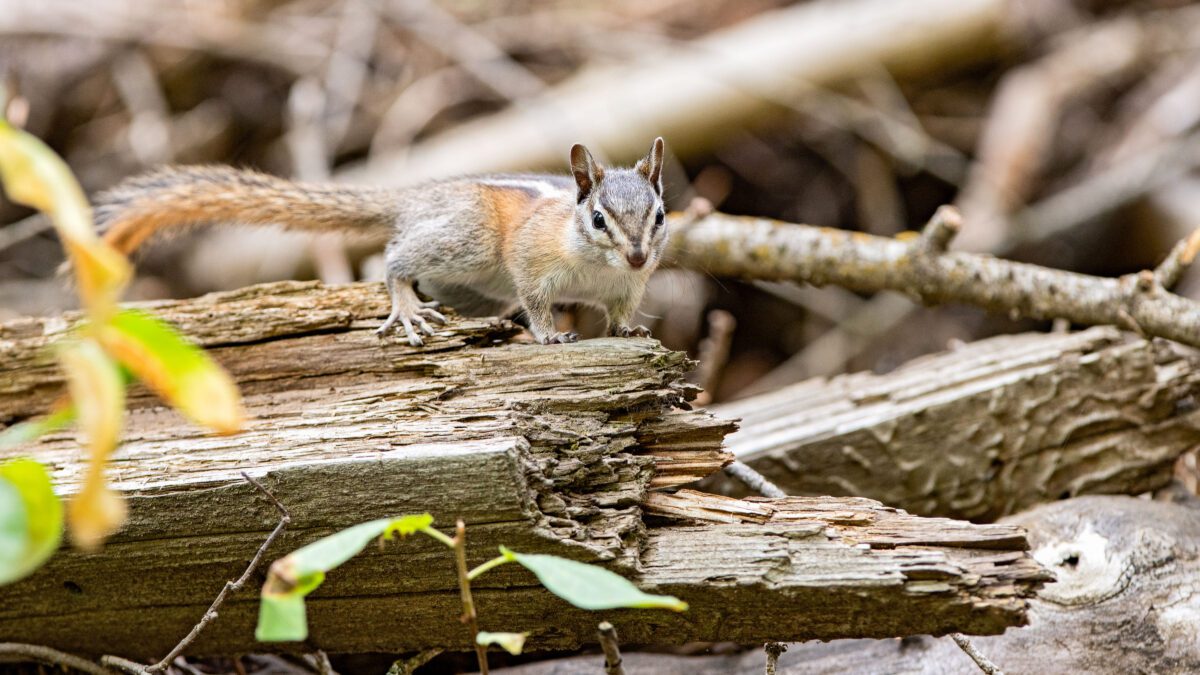
A Uinta Chipmunk. Photo: TownLift // Kevin Cody.
UTAH — According to the Bureau of Land Management, Utah is home to over 600 species of fish, mammals, birds, reptiles, and amphibians spread throughout seven ecoregions. These areas are primarily elevation-dependent, with the low areas being deserts or wetlands to the high alpine regions. In one day, it’s pretty easy to go from finding burrowing owls and wild horses in the west desert to spending time with mountain goats and moose in the Uintas.
The seven ecoregions of Utah are the Central Basin and Range, Mojave Basin and Range, Wyoming Basin, Wasatch and Uinta Mountains, Colorado Plateaus, Southern Rockies, and the Northern Basin and Range. Each region has a similar geology, physiography, vegetation, climate, soils, land use, wildlife, and hydrology.
Broken down further, the terrain can be divided into areas of arid deserts and canyonlands, salt flats, wetlands, semiarid shrublands, irrigated valleys, woodlands, forest mountains, and glaciated mountains. In other words, within a few hours’ drive or less anywhere in the state, one could go from a dry arid desert to mountain terrain filled with dense forests. Few states offer such variety.
Over 75% of the state is classified as desert, with many different variations on that blanket classification in the form of shale deserts, sand deserts, and others. Locations such as the Little Sahara Recreation Area out west and Coral Pink Sand Dunes State Park along the border with Arizona.
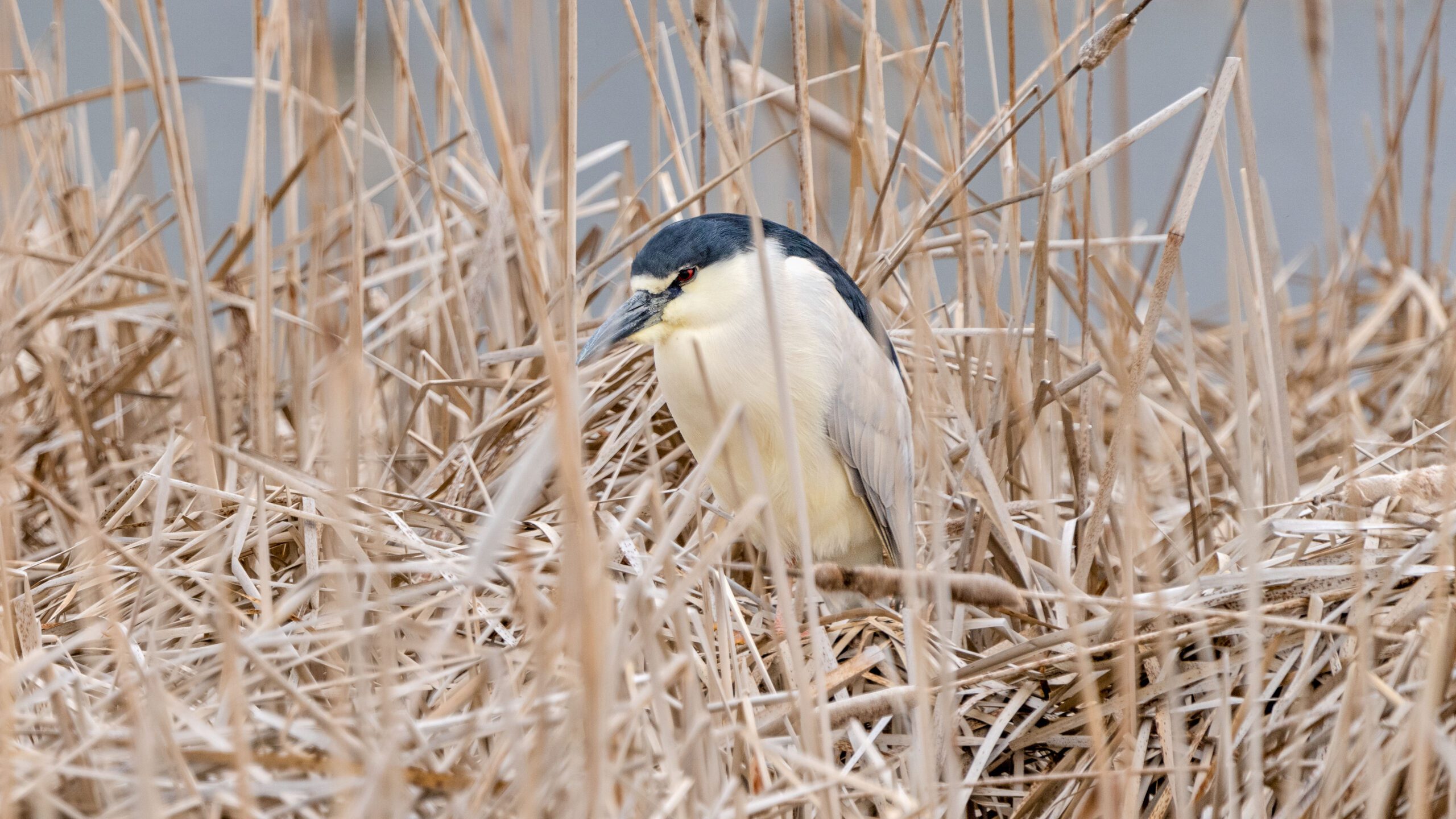
Wetlands comprise less than one percent of the state’s ecosystems, 75% of which is near the Great Salt Lake. Their importance to the environment goes well beyond the ecosystems that they host, as wetlands are natural filtration systems. Just one acre of wetlands can absorb up to 1.5 million gallons of water and contain toxins in the sediment limiting risk to flora and fauna.
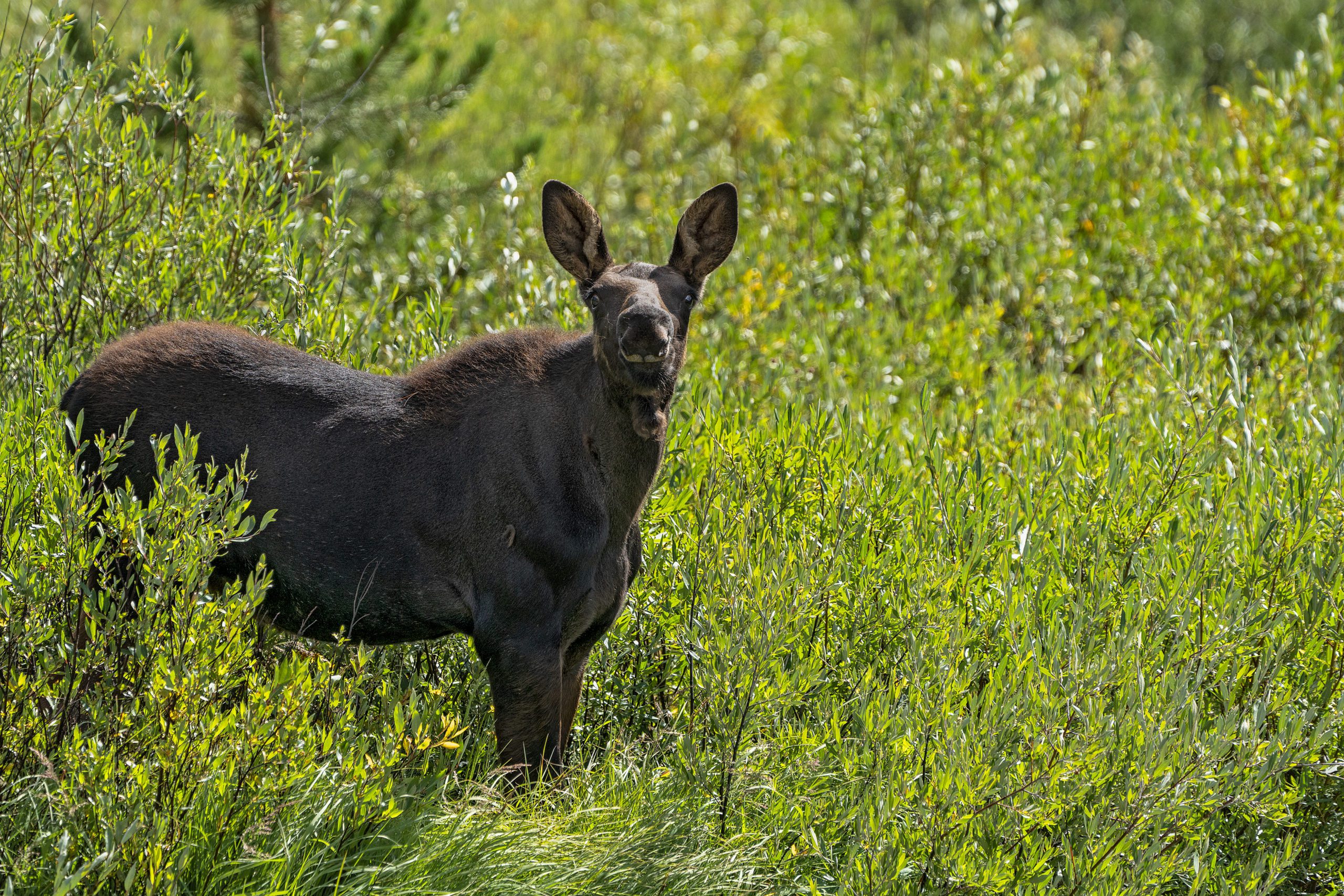
Forest areas account for about 25% of Utah. These areas will see extreme hot and cold temperatures. Their sometimes dense collection of trees can make spotting wildlife difficult, but it doesn’t mean they are not present. Areas such as Christmas Meadows near the easternmost area of the Mirror Lake Byway can offer an otherworld-like experience with large trees to walk amongst. To the right of the trailhead is an opening into wetlands surrounding Stillwater Fork, a tributary of the Bear River. The location offers awe-inspiring views, but what it might be most known for is the location offering a near-guaranteed opportunity to find moose.
The remaining portion of Utah is made up of alpine terrain. These areas are normally higher than 10,000 feet, though, in Utah, that elevation is closer to 11,000 feet or higher. The terrain is subjected to high winds, and extremely cold temperatures and spends a large part of the year covered in several feet of snow. Two of the more well knows species are mountain goats and the pika.
